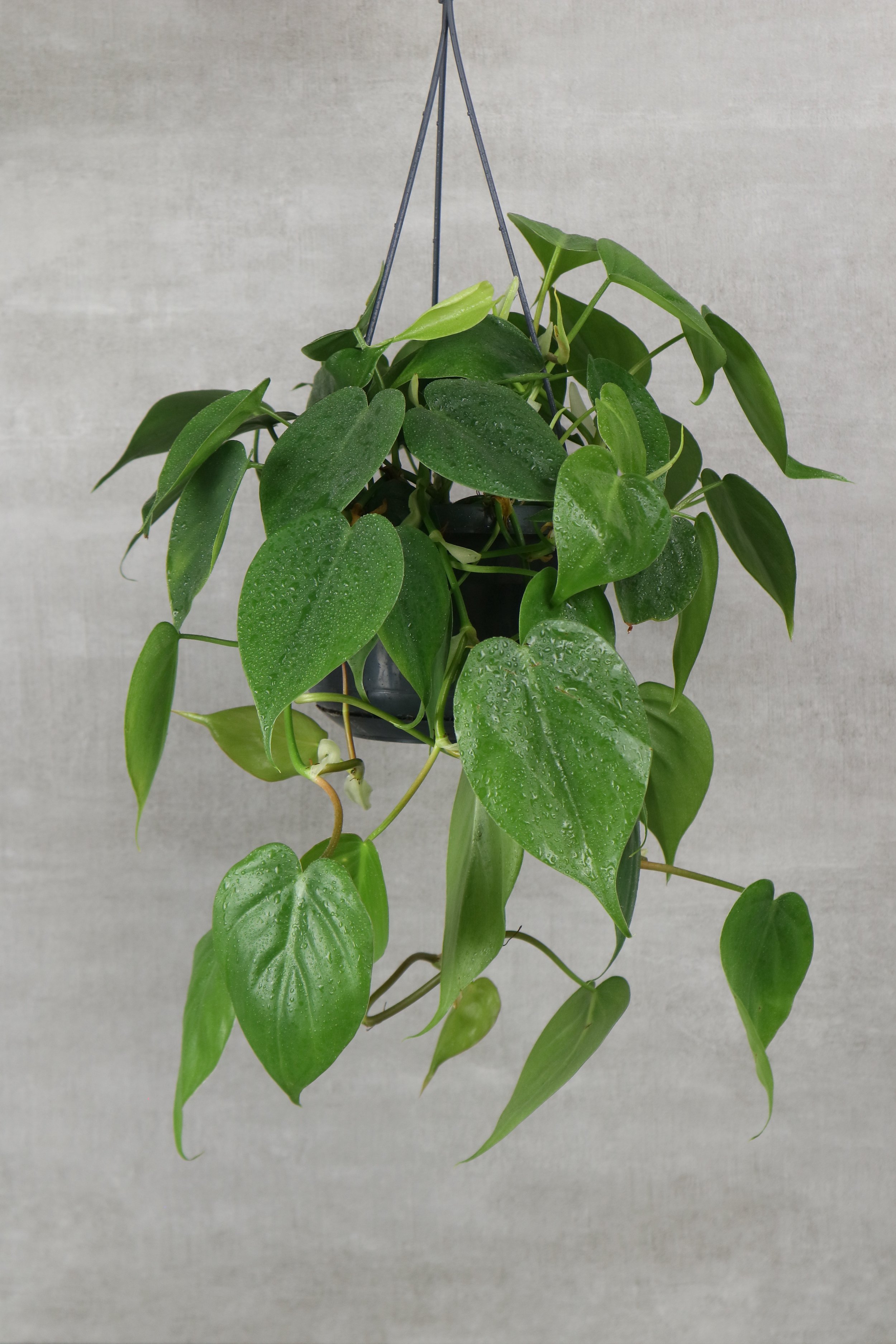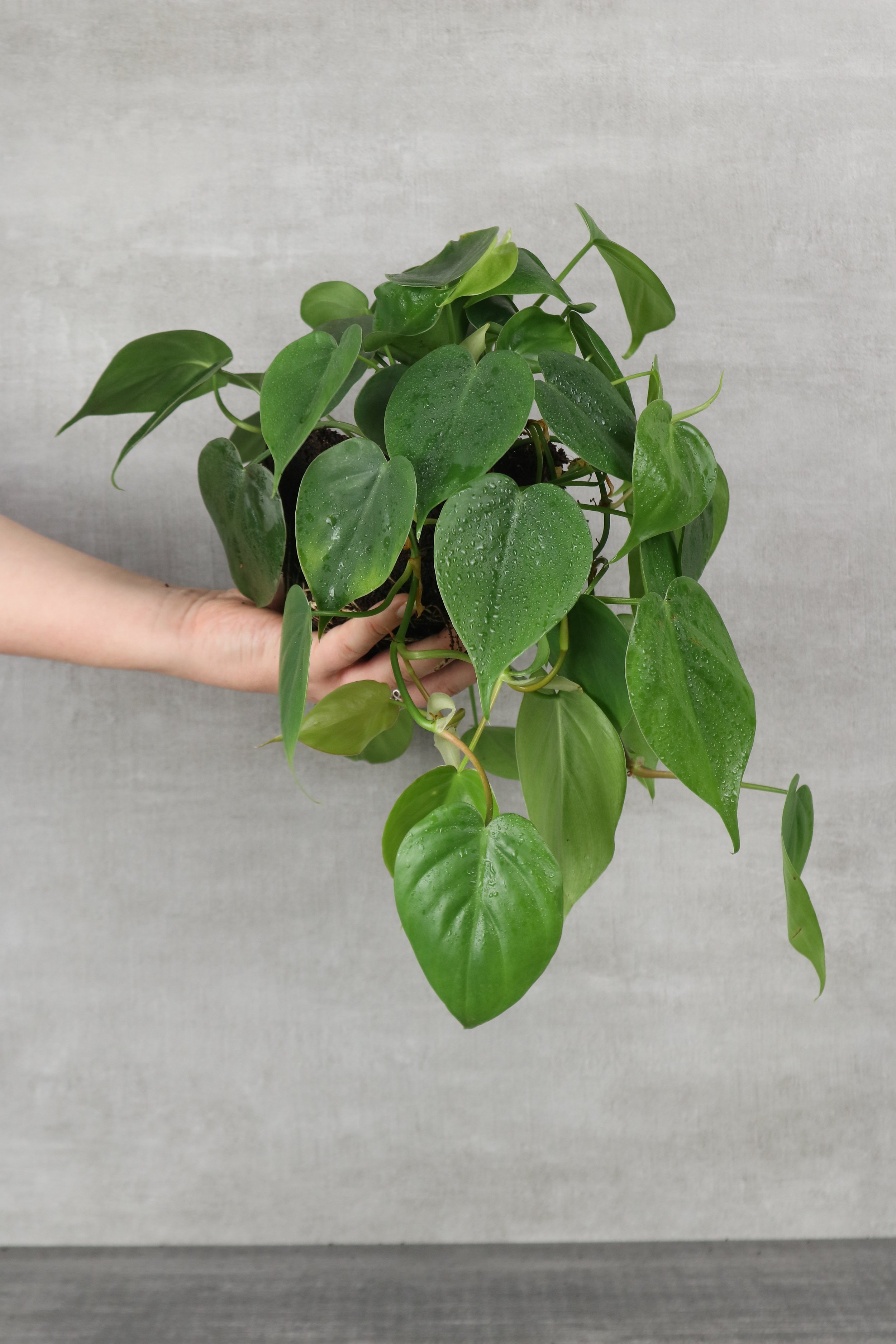Plant Profile
Sweetheart Plant
a.k.a. Philodendron Scanden // Heartleaf Philodendron
The Sweetheart Plant is one of our most loved and well known varieties of the Philodendron climbers. In the right conditions, these guys can trail up to an incredible 10ft long.
Known for its heart shaped leaves, the Sweetheart Plant is an evergreen vine that is fast growing, low maintenance and a great air purifier. Whether you allow it to cascade naturally or train it to climb, it’s a great addition to any indoor jungle.
Top Tips
✔ To keep your plant looking lush and full prune back regularly, by cutting any leggy trails just after a node on the vine.
✔ Wash the leaves regularly to remove dust and increase photosynthesising capabilities
Plant Care
-
Although tolerant of lower light or shadier spots, your Philodendron will thrive in medium to bright, indirect light.
-
Allow the top 2-3 inches of soil to dry out between waterings, and allow to drain thoroughly, ensuring that the plant is not sitting in water.
-
The Sweetheart Plant can tolerate normal room conditions, but being tropical plants, they will thrive in higher humidity, so mist daily if you can.
-
Fertilize once a month during the warm spring / summer months, and use a diluted slow release, organic fertiliser where possible. No need to fertilise in Autumn / Winter.
-
The Sweetheat Plant can handle normal room temperatures, but as the summer heat ramps up to anything over 23/24 C, move to a cooler spot. In Winter aim to keep temperatures above 13 C.
-
Toxic if ingested
-
Propagate the Sweetheart Plant by taking cuttings in spring / summer and rooting. Ensure the stem you cut has a couple of visible nodes to allow for new growth.
-
Repot only when the plant becomes root bound, which is usually around every 2 years or so, and when you do get round to repotting, use a well aerated soil that allows easy drainage.



Quick plant check up
Yellow and dropping leaves
Sign of overwatering. Allow soil to dry out before watering again.
Leaves drooping or curling inwards
Sign of underwatering. Aerate your soil and water your plant until you see it running through the drainage holes. Allow to drain over a sink. Give the leaves a misting.
Pale leaves and slow growth in spring
May need repotting and a refresh of soil.



